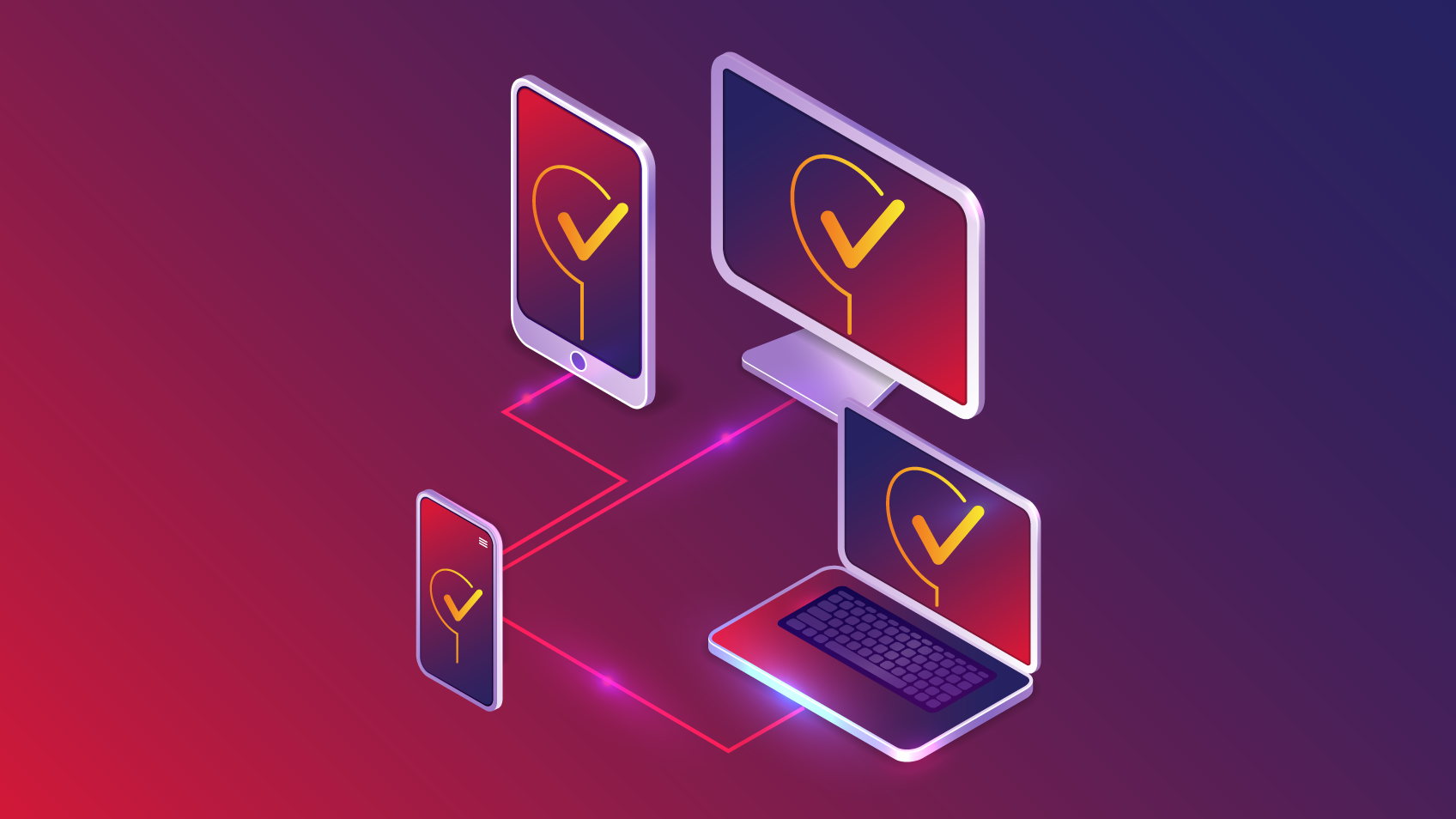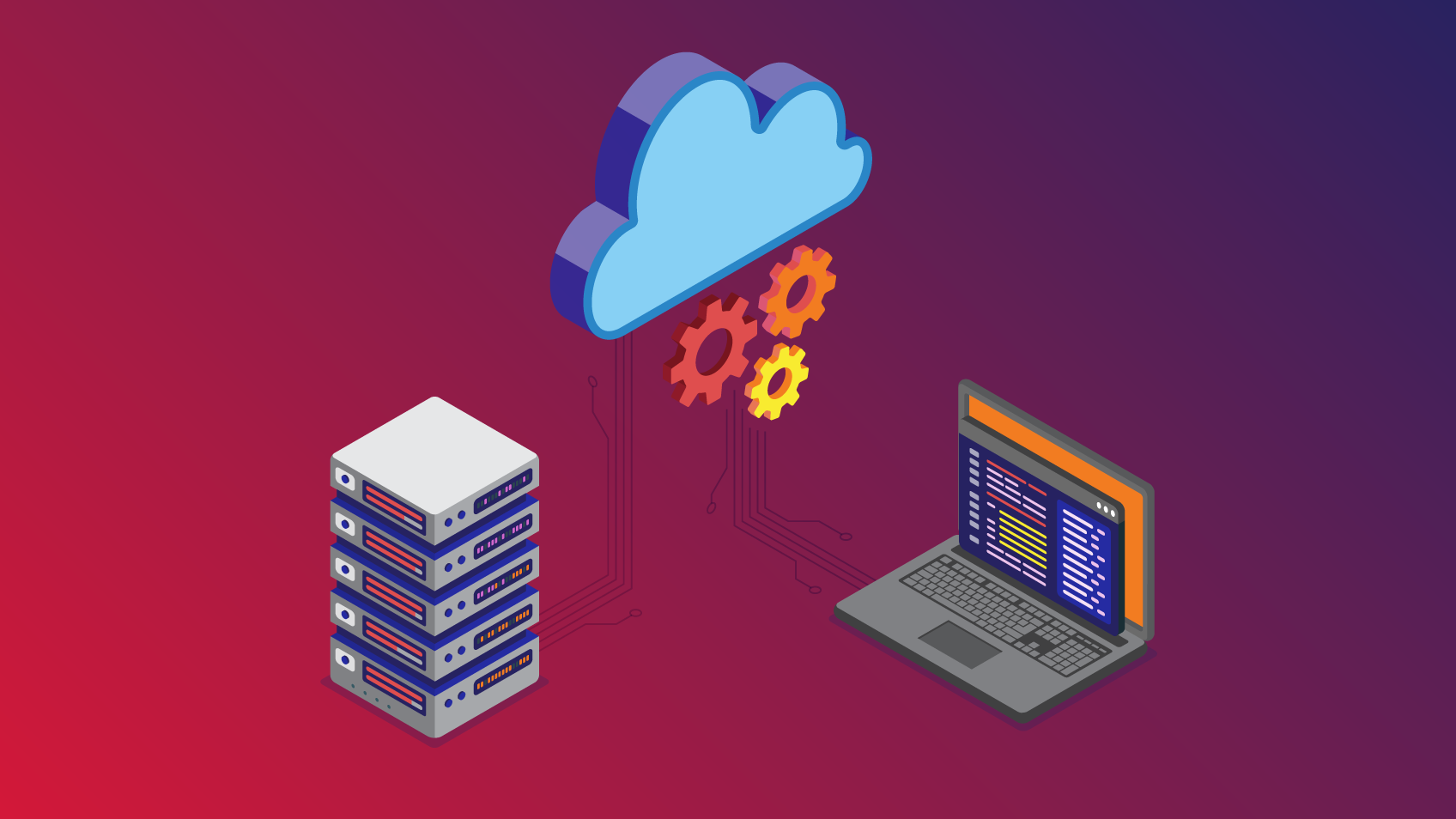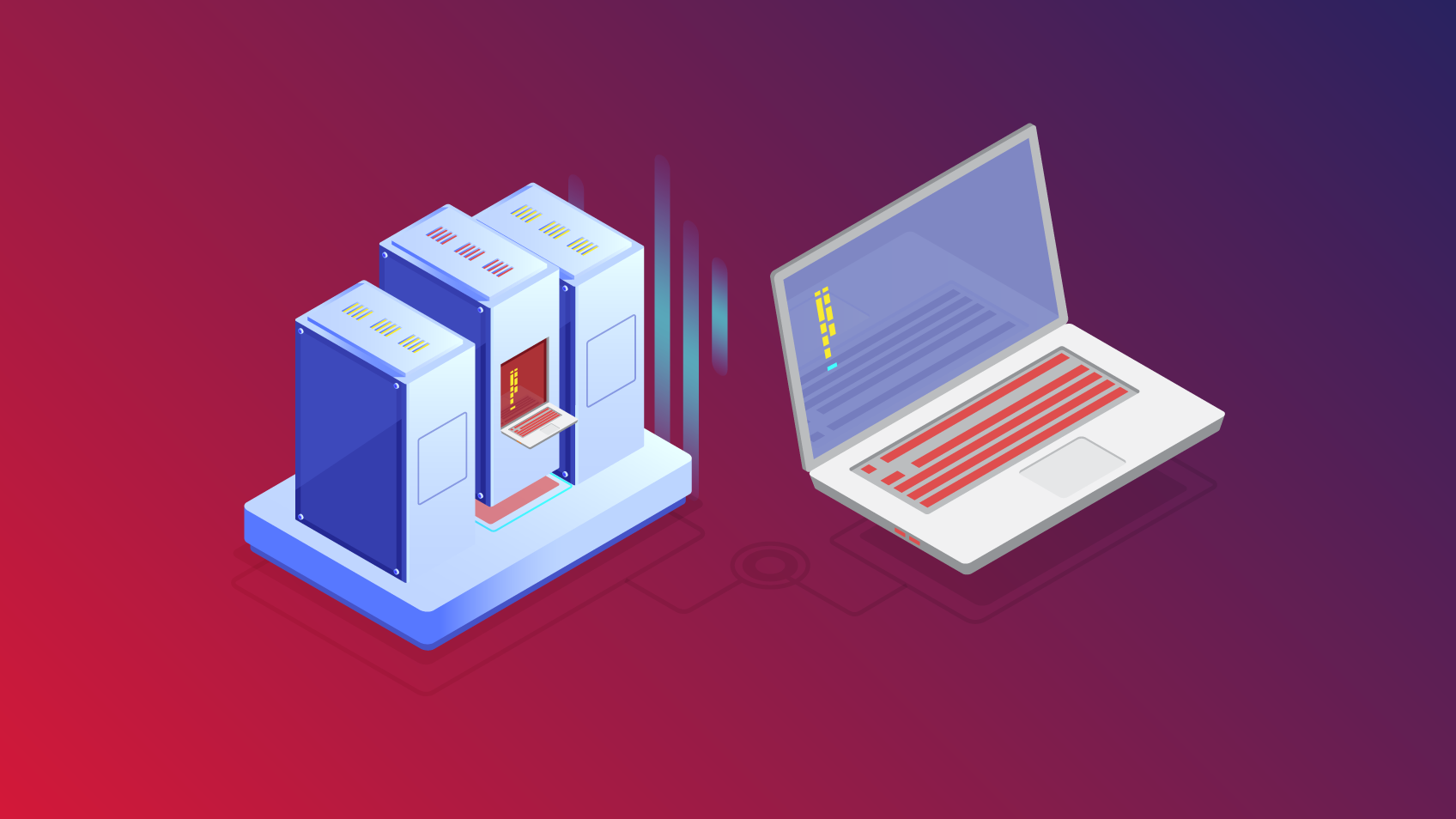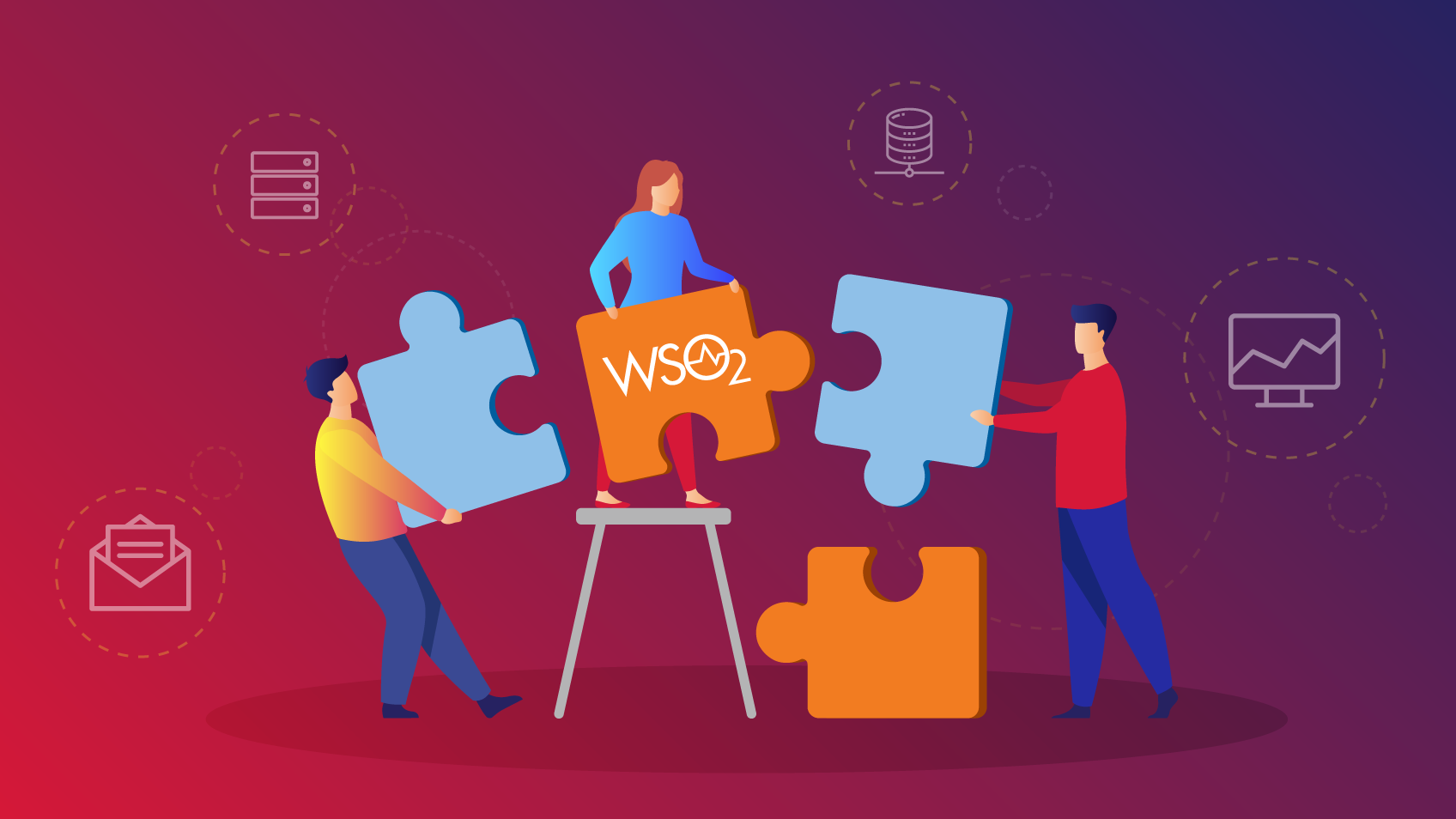5-SECONDS SUMMARY:
- The management of identities and internal access is known as IAM – Identity and Access Management.
- The objective is to protect an organization’s systems and data.
- The solutions for external access to the organisation are called CIAM – Customer Identity and Access Management.
Identity and Access Management (IAM) is well-known and practised by most companies. The goal is to protect systems and data by controlling who accesses what and via authentication methods, defining profiles and respective permissions and creating various levels of security depending on the sensitivity of the data or operations.
These solutions are often oriented inwards, in other words, for internal access. Still, in today’s digital world, external access to systems and data by clients, partners and even other systems has become increasingly relevant to businesses.
It is therefore essential to distinguish these two strands of IAM because despite sharing the basic principles of authentication and identity, they pose different challenges with different objectives and, ultimately, different solutions.
IAM or workforce identity
Typical IAM solutions, usually called workforce identity, deal with employee access or internal systems. The big goal of workforce identity is internal operational efficiency, and the users are the employees themselves, who, despite needing solutions to facilitate their daily work, understand and comply with the organisation’s security policies.
CIAM: Customer Identity and Access Management
Solutions for external access to the organisation all under CIAM – Customer Identity and Access Management.
In this case, users are usually customers or potential customers, and therefore the main goal of these solutions is to deliver the best possible user experience without jeopardising data security or operations.
Before moving on, it is important to analyse the conclusions of some studies on these two topics:
- 32% of consumers stop doing business with a brand following a bad experience;
- 88% of US consumers share personal data based on their trust in the brand;
- 36% of the cost of a data breach is a direct result of lost business.
These trends have already been taken on board by business leaders, and after the pandemic exponentiated the digital-first trend, a fierce competition is taking place to deliver the best user experience safely and securely, where even the smallest details make the difference.
What are the main features of a CIAM solution?
- Scalability – The number of users of a CIAM solution is difficult to predict (unlike typical IAM solutions) and can suffer access peaks and vary exponentially with business growth or the creation of new products or services. A solution that allows fast scalability and can respond to any situation without any friction for users is a must. It is therefore advisable that such solutions are hosted in a cloud environment with high availability.
- Integration – CIAM solutions work with consumer data from multiple sources, creating the so-called “Unified Customer Profile” and allowing applications accessed to use the same data to deliver a consistent multi-channel experience for each consumer. This consumer information is critical to the business; therefore, CIAM must allow integration with other types of solutions such as CRM, CMS, CDP, etc. These integrations are usually performed through an API Gateway configured in the CIAM solution.
- Adaptive Authentication – Authentication is one of the most discussed topics under CIAM solutions, as consumers demand convenience and ease of access. The various trends are Single Sign-On, entities such as Facebook or Google, and passwordless authentication using biometric data, email magic links or OTP (One-Time Passcodes). Beyond convenience, certain operations or data require increased levels of security, and in such cases, MFA (multi-factor authentication) system is implemented. CIAM solutions also allow the authentication mechanism to be adapted to user preferences and behaviour, detecting possible fraud and triggering an additional level of security.
- Data analysis – The data collected by CIAM solutions is very important for companies to make informed decisions. This is why it is so important that CIAM solutions facilitate data analysis and the creation of dashboards for easy visualisation. It is then possible to segment customers by their behaviour and attributes, analyse the number of active customers and their growth, their use of each application, and use this type of data for marketing and sales campaigns or to inform the creation of new services.
- Security and Privacy – In addition to managing security levels in authentication mechanisms, these solutions enable data encryption, creating alerts for risky activities, recording activities of users and solution administrators, and even the definition of information download limits. When it comes to privacy, there are different regulations in force today, such as GDPR or CCPA, that organisations must comply with. CIAM solutions allow each user to accept the privacy policy of the organisation or to choose the privacy options given by it. This way, the organisation will use data according to individual preferences in all its applications consistently, fulfilling its duty to regulations and gaining the trust of its users.
Final Thoughts
Businesses survive and grow based on customer satisfaction because customers nowadays have a wide choice of vendors to meet their needs. Even in the case of out-of-the-box products or services; if the consumer experience is not as expected, the prosperity of the business will be put in jeopardy.
On the one hand, convenience, speed, and consistency are pillars of a great user experience, while on the other hand, security and data privacy are pillars of that trust that every brand wants to establish in the market.
A well-implemented Customer Identity and Access Management solution ensures this last important attribute and enables healthy business growth through the retention and acquisition of satisfied customers.

Business Development Manager – Xpand IT














